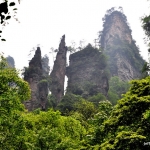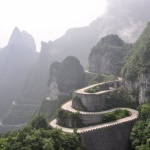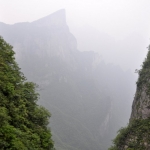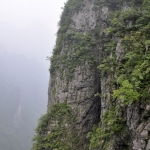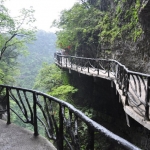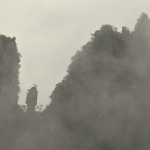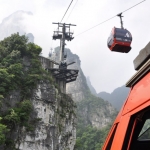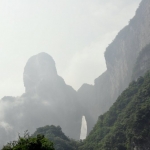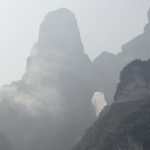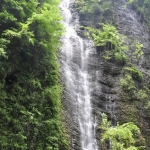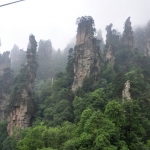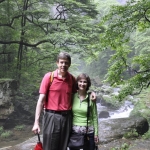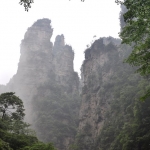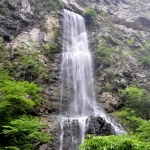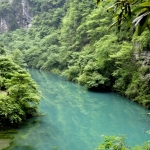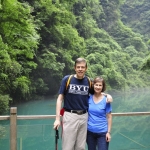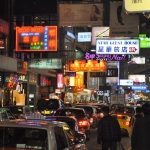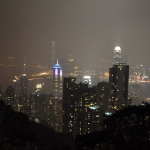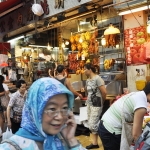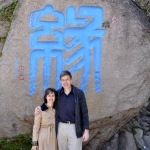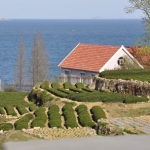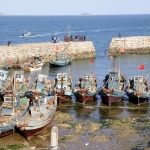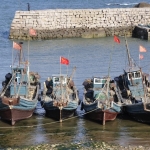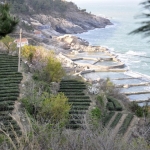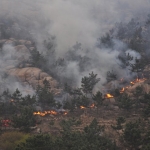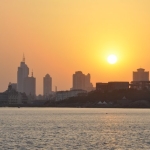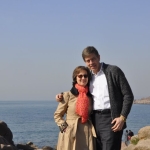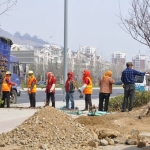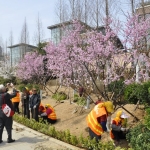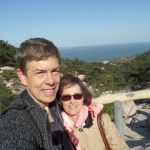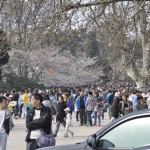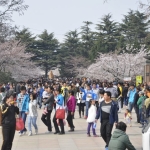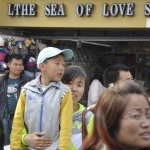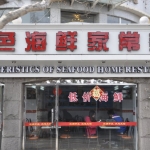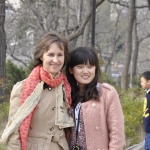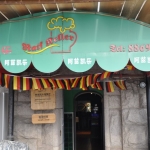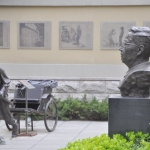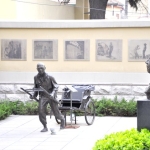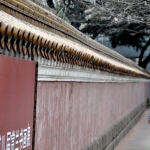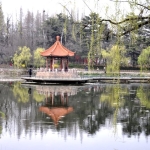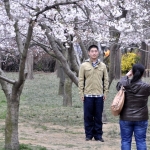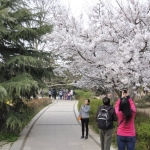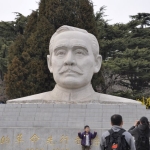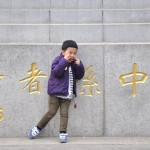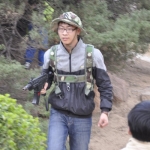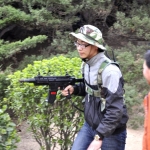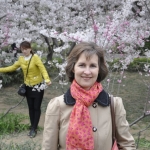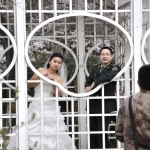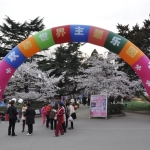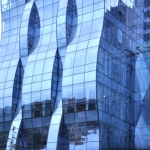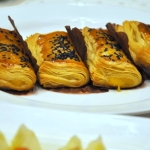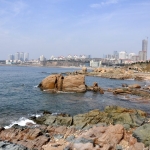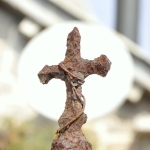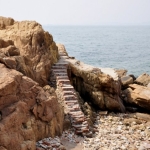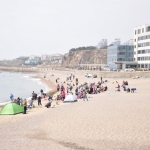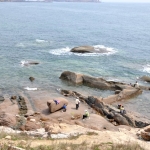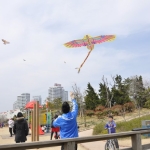Shopping in China: Are the Prices in Department Stores Fixed or Negotiable?
One of the challenges of shopping in China is knowing when the marked prices are firm prices or just an inflated asking price subject to haggling. In grocery stores, the prices are generally the real prices and there is no sense trying to argue anything down. But in many other settings, the marked prices might be negotiable, meaning they could be way too high and you shouldn’t pay that much.
Sometimes a store will have fixed prices on one aisle, and negotiable (inflated) prices on the next. If there are friendly sales people servicing a particular set of products or section of a store, let that be a warning sign. Why does this store have five or six people anxious to help me buy blankets or vitamins, but no one in other sections of the store to help me buy batteries or copy paper? It may be because the people selling blankets or vitamins are on commission. They may not even be employees of the department store, but employees of a manufacturer. They are highly motivated to see you the product for as much as possible. This can happen in malls, department stores, and even grocery
One way to know if the prices are flexible is to simply ask if they can lower the price a little. “Keyi pianyi yidiar?” If they say something like, “Well, since you can speak a little Chinese, I’ll give you the friend discount of 10%,” then you know the price is flexible. If they pull out a calculator and type in the price to display it for you (this allows them to show you a price privately without revealing it to other customers within earshot), that’s a sure sign that the price is flexible, and a sign that what they are asking is way too high.
If they say, “No, I can’t lower the price,” say “OK” and walk away. It’s when you walk away that you see if they are serious or not. If you walk away and they say, “OK, OK, 10% off!” then you know the price can be lowered. If they say nothing, the price probably is firm.
Many electronics, appliances, bedware (blankets, linens, quilts, mattresses, etc.), and relatively high-margin items have prices that can be negotiated when shopping in China.
The next challenge is knowing what the real price is. Sometimes you can only hope to shave off 20% or 30% from the price. Other times the asking price might be 10 times the real price (this is especially true of gifts like pearls or jade items). This is where knowledge is power. Chinese people ask each other what they pay for things all the time in order to learn real prices. Do your homework before you buy. But if you don’t have time, you can try several different shops and start very low, and seeing if they call you back after you walk out. Again, it’s only when you walk that you see if your offered price might actually be acceptable. You may have to walk away several times, raising your asking price each time, until you find a taker and realize that you’re close to the real price.
On the other hand, if you are not in a bind financially, don’t be too tight-fisted in China. Spending a little extra money for what you buy can mean a lot to the merchants. For a small extra amount that is still a fair price, you can bring a lot of cheer, and if you feel that a merchant is kind, helpful, and honest, giving him a “healthy price” can keep him or her happy to serve you and help you in the future. That’s my view, anyway.


